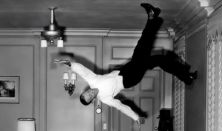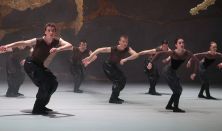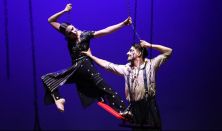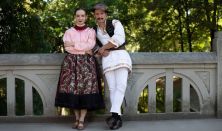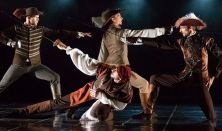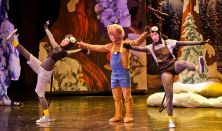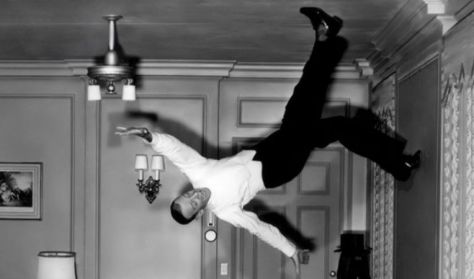
Táncoló filmkockák - Táncoló Ikonok (’40-es ’50-es évek) • Lakatos János
Ebben a részben közelebbről megismerkedünk a legnagyobb táncos legendákkal a 40-es 50-es évekből. Fedezzük fel, hogyan változtatta meg a táncos mozit Fred Astaire eleganciája, Gene Kelly sármja, vagy a villámlábú Nicolas testvérek azóta is utánozhatatlan technikája! Víz alá merülünk, hogy megcsodáljuk Esther Williams sellőtáncát.

